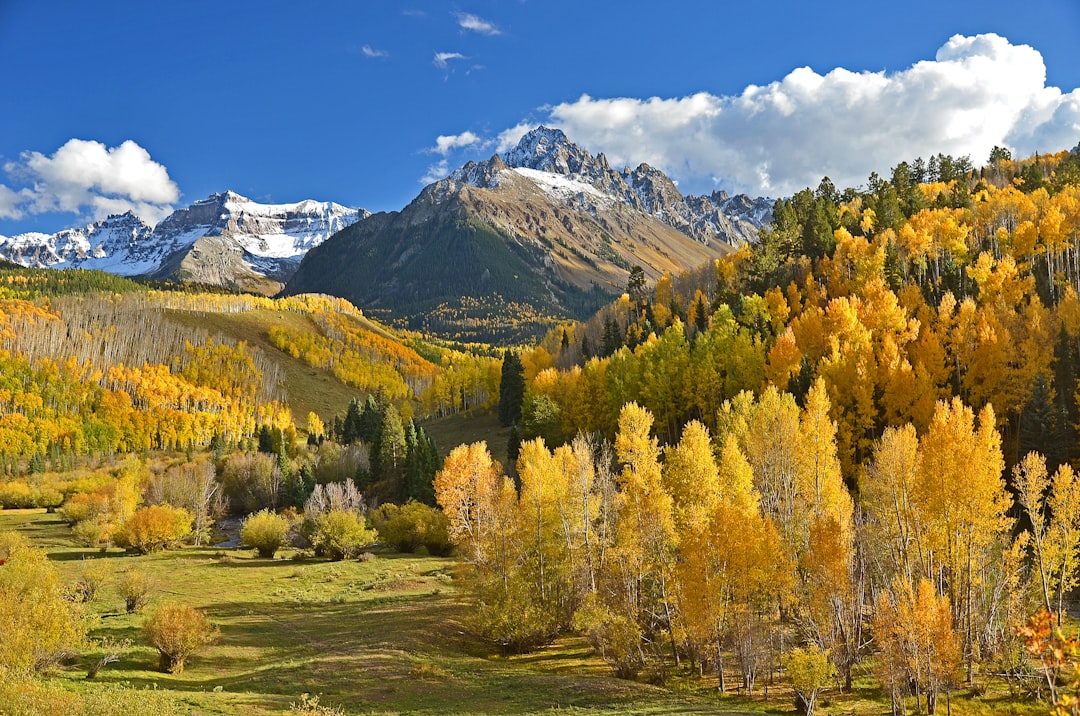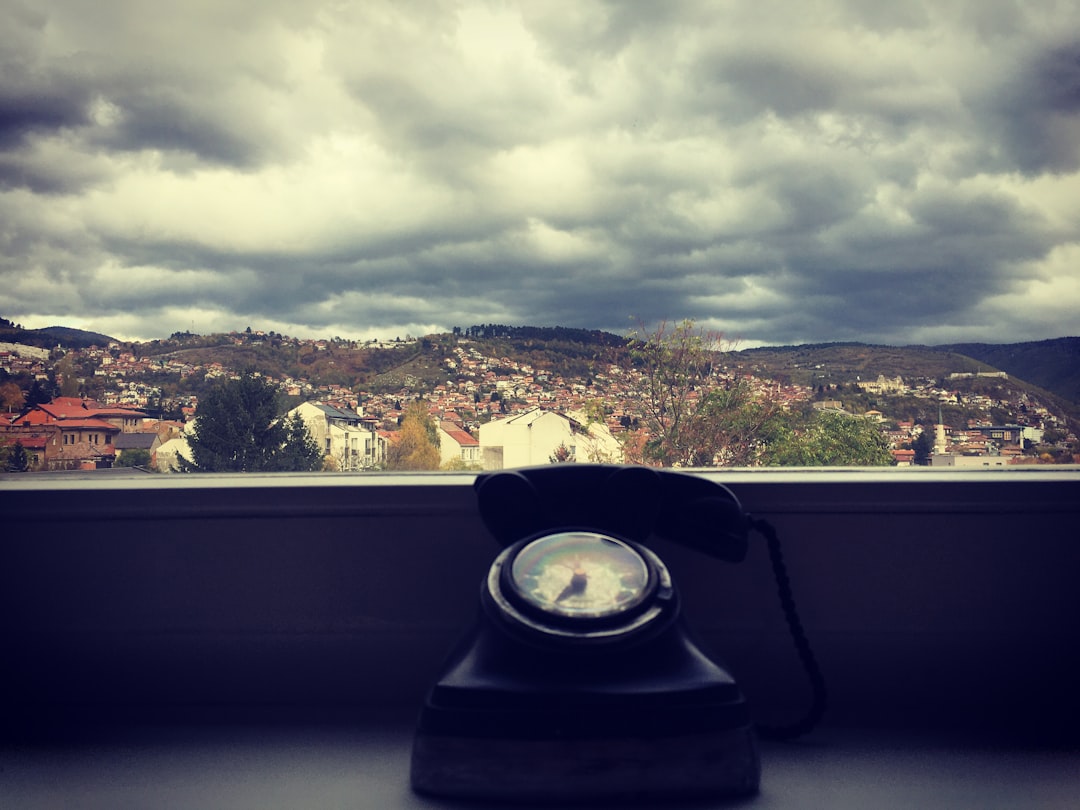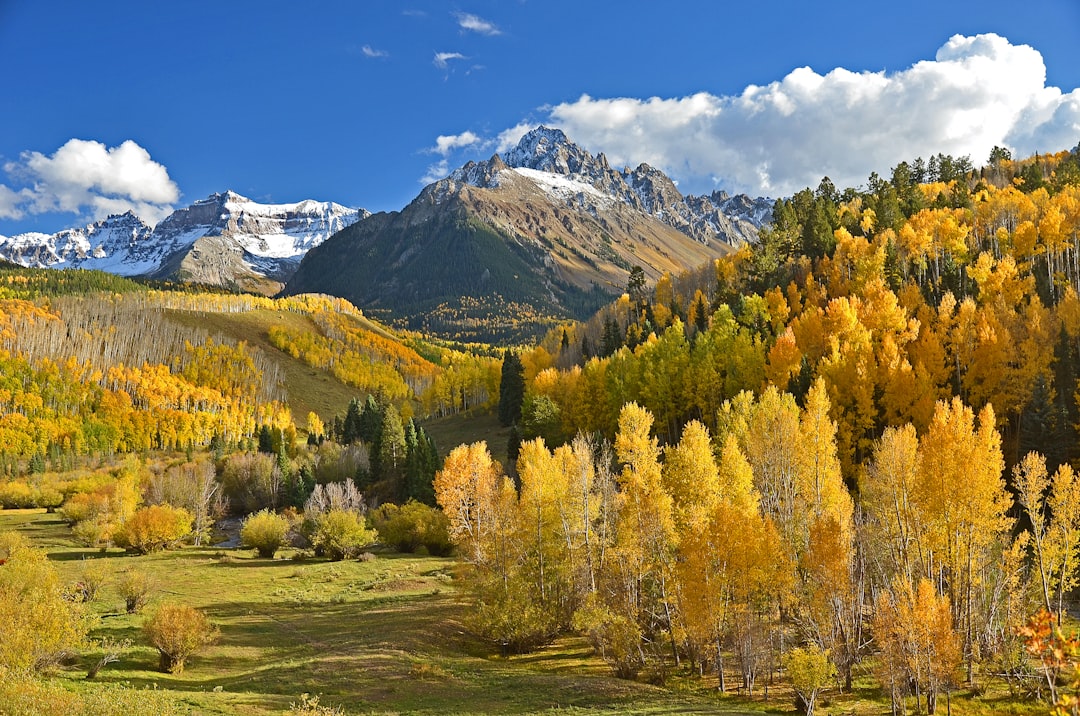The mid-19th century Gold Rush led to the rapid growth of Leadville, Colorado, as settlers flocked to the area for its abundant mineral deposits. Booming with a diverse population, it became a bustling hub for mining and trade. Despite harsh conditions, residents united, leaving a legacy preserved through historic sites and museums that draw enthusiasts to experience Leadville's rich mining history.
“Unveiling Leadville’s Past: A Journey Through Mining Town History
Leadville, nestled in the heart of Colorado, boasts a rich heritage as a once-thriving mining town. This article delves into the rise and fall of such communities, focusing on Leadville’s establishment during the Gold Rush era. We explore the daily lives and struggles of its residents, from the initial boom to the challenges that followed. Additionally, we uncover how Leadville preserves its history today, ensuring its legacy endures for future generations.”
Rise of Mining Towns: From Gold Rush to Leadville's Establishment

The surge in mining activities during the mid-19th century set off a chain of events that led to the establishment of vibrant mining towns like Leadville. The Gold Rush, which began in 1859 with the discovery of gold in California, soon spread across the American West, including Colorado. This period saw an influx of settlers and prospectors flocking to untapped mineral-rich regions, hoping to strike it rich. Among these, the Leadville area stood out for its abundant deposits of lead, silver, and other precious metals.
The town’s growth was rapid, fueled by the relentless pursuit of fortune. Prospectors stumbled upon significant veins of minerals, leading to a bustling hub where resources were extracted, processed, and traded. The establishment of Leadville as a prominent mining center was not just about the discovery of precious metals; it symbolized the resilience and entrepreneurial spirit of the era’s settlers.
Life and Challenges Faced by the Residents of Leadville

The residents of Leadville experienced a unique blend of opportunities and challenges as this mining town boomed during the late 19th century. With the discovery of significant silver deposits, the area attracted a diverse population of prospectors, miners, and their families, leading to rapid growth and a vibrant community. However, life in such a remote and rugged location presented numerous difficulties. The harsh weather conditions, often extreme temperatures and heavy snowfall, posed physical hardships, while the isolated nature of the town meant limited access to basic amenities and services that modern-day cities take for granted.
Moreover, the mining industry’s inherent risks added another layer of challenge. Miners faced dangerous working conditions, including cave-ins, toxic gases, and collapsing shafts, leading to a high rate of accidents and injuries. Despite these trials, the residents’ resilience and determination fostered a strong sense of community as they supported one another through the highs and lows of this tumultuous period in Leadville’s history.
Preservation and Legacy: How History is Remembered Today in Leadville

In Leadville, the rich history of mining is preserved and celebrated, serving as a living testament to the town’s past glory. Today, visitors can explore well-preserved historic sites, including abandoned mines and Victorian-era buildings, that tell the story of the golden age of lead mining. Local museums and cultural centers play a crucial role in documenting and sharing this legacy, ensuring that the contributions of Leadville’s miners are not forgotten.
The town’s efforts to preserve its historical fabric have created a unique destination for those interested in the American West’s mining heritage. These initiatives provide an opportunity to learn about the challenges and achievements of early settlers, fostering a deeper appreciation for the region’s past. By keeping these memories alive, Leadville continues to attract researchers, history enthusiasts, and tourists alike, who come to experience and understand this fascinating chapter in Colorado’s history.






